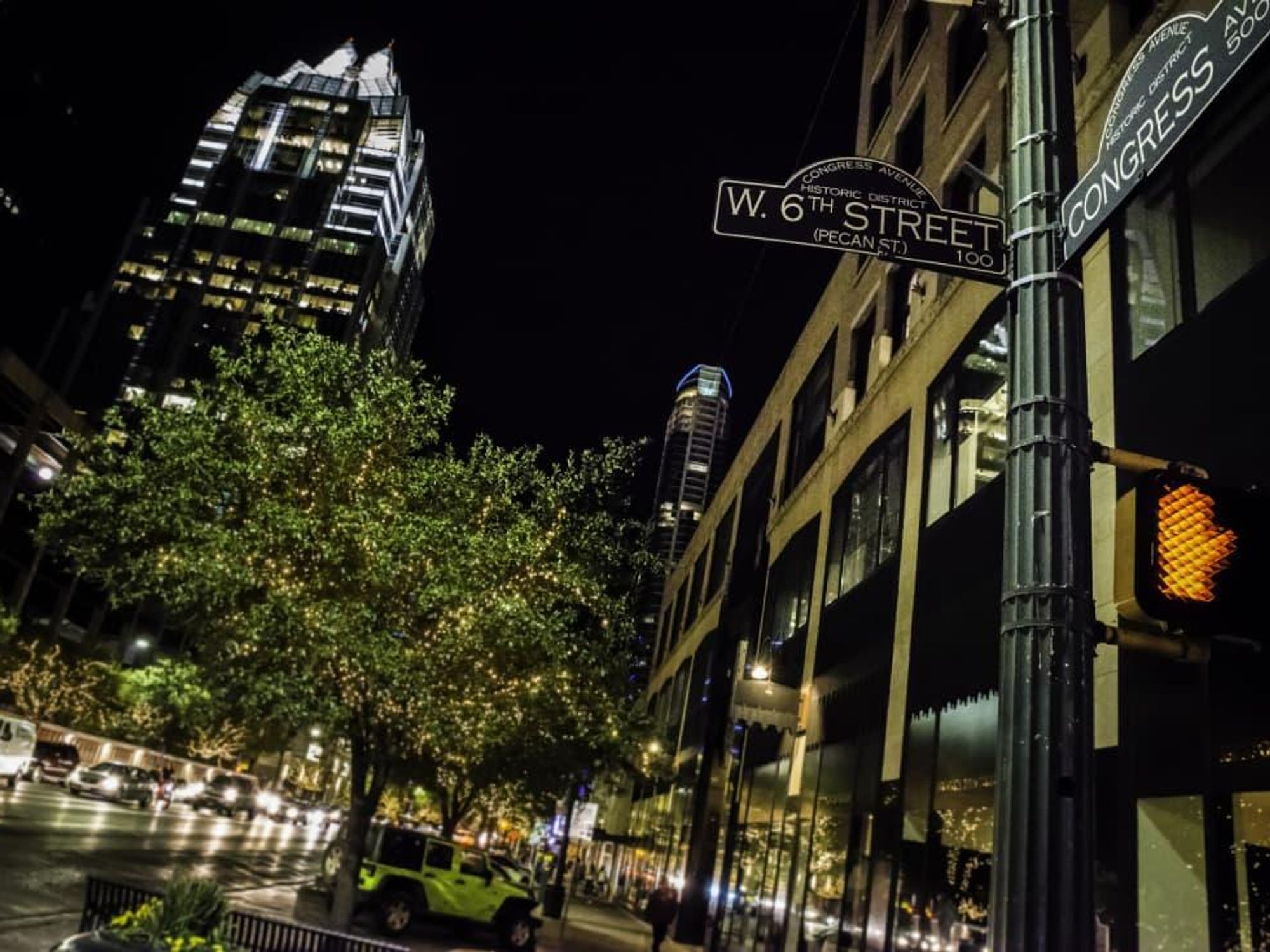Survey Spotlight
Majority of residents feel unsafe in this Austin neighborhood at night, survey says

In recent months, sweeps of local homeless camps — particularly in downtown Austin — have sparked controversy and concern. So, too, have several stabbings in the area. But even before those high-profile events, Austinites were growing uneasy about safety in the neighborhood.
Findings of a 2019 community survey released February 12 show 55 percent of residents felt unsafe walking alone at night in downtown. That’s up from 43 percent in the City of Austin’s 2018 community survey and 42 percent in the 2017 survey.
By comparison, just 19 percent of Austin residents responding to the 2019 survey felt unsafe walking in downtown Austin during the day. That figure was 9 percent in the 2017 and 2018 surveys.
Olathe, Kansas-based ETC Institute performs the annual survey for the city to gauge opinions on subjects ranging from safety and transportation to housing and government services. The most recent survey, conducted between June 29 and September 16, 2019, questioned 2,049 Austin residents.
On January 24, Austin Police Chief Brian Manley acknowledged a “growing crime trend” in the city, especially in downtown Austin. Manley said the Texas Department of Public Safety is aiding the city’s anti-crime efforts by providing a “visible presence” and enforcing appropriate laws.
Matt Macioge, director of operations at the Downtown Austin Alliance, notes that Austin still ranks as one of the safest big cities in the U.S. “But safety is always a concern," he says. "We take it very seriously."
To address that concern, the alliance employs “ambassadors” whose duties include conducting safety patrols and picking up trash, Macioge says. A year ago, it also increased evening shifts for its ambassadors. Furthermore, he says, the nonprofit organization helps finance overtime pay for Austin Police Department officers and helped pay for surveillance cameras.
“Come downtown — you’ll see that it’s actually very, very safe here,” Macioge says. “There are plenty of people out on the street, and if you know your surroundings and are aware of what’s going on, downtown Austin is an extremely safe environment.”
Macioge offers these safety tips:
- Be aware of your surroundings.
- Walk with other people, not alone.
- Call the alliance at 512-937-7422 to request a free safety escort if you’re heading to another downtown business or to your car.
- Call 911 if you see suspicious activity or witness a crime.
As for lingering worries about Austin’s homeless population, most notably downtown, city officials are taking a number of steps to address them. In early February, for instance, the City Council gave the green light for hiring homelessness consultant Matthew Doherty through an eight-month contract worth up to $95,000. From 2015 through 2019, he was executive director of the U.S. Interagency Council on Homelessness, a federal agency.
The council’s move to hire Doherty “is one of dozens of actions to ensure the City of Austin is adopting the very best practices used by cities and states across the country,” Austin Mayor Steve Adler said in a February 6 statement. “Mr. Doherty will join other great professionals all coming together to beat homelessness in Austin.”
While many Austinites are leery about walking alone downtown after dark, they’re more confident in their personal safety elsewhere. In the 2019 survey, 89 percent of Austin residents said they felt safe in their neighborhood during the day and felt safe in their homes. Meanwhile, 80 percent felt safe at work and 73 percent felt safe in their neighborhoods at night.
People answering the survey also gave Austin high marks as a place to:
- Work (72 percent)
- Live (69 percent)
- Raise children (67 percent)
According to ETC Institute, those three grades were at least 12 percentage points higher than the national average for large U.S. cities.
Reflecting the growing pains of Austin, 49 percent of the people surveyed were unhappy about access to high-quality affordable housing, 83 percent were dissatisfied with traffic on major highways, 64 percent expressed concern about traffic on major streets, and 47 percent were dissatisfied with options for traveling around Austin.
